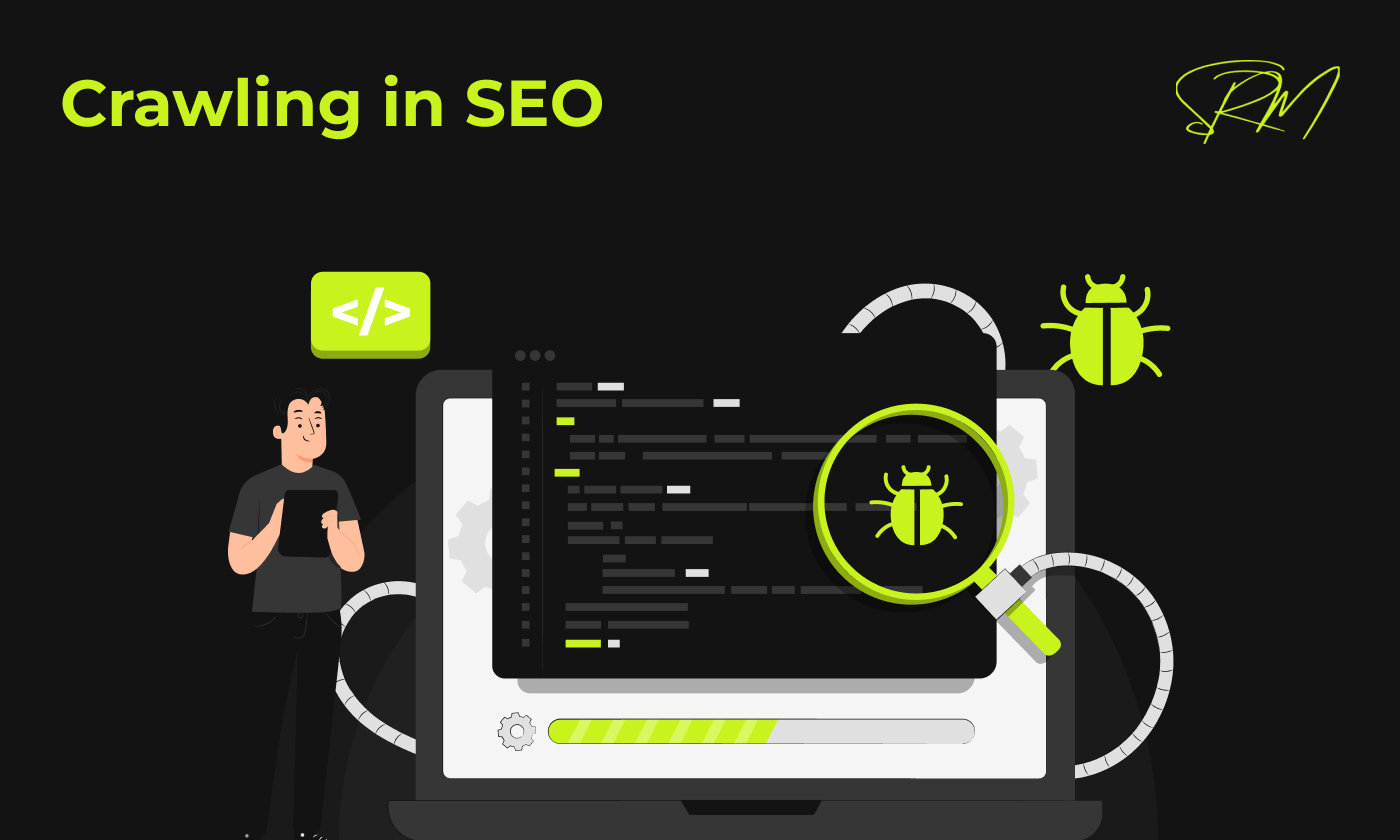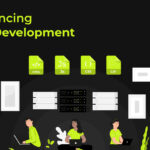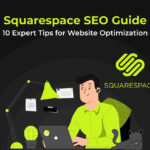
Crawling is a basic process in search engine optimization where search engine bots, called crawlers or spiders, go through websites to find and check web pages. These bots follow links to gather information about your content, structure, and technical details. This process helps search engines create an index, which they use to show relevant results to users. The importance of crawling in SEO is that it makes sure your website is easy for search engines to find and understand. If your site isn’t crawled properly, important pages might be missed, which can reduce your chances of getting more visitors.
How Search Engine Crawling Works
Search engine bots, like Googlebot, are programs that visit websites to gather information. They find pages by following links from other sites or sitemaps. Once they discover a page, they download its content, including text, images, and links. After that, they analyze the content to understand what it’s about.
- Overview of Search Engine Crawlers (e.g., Googlebot):
Googlebot is the bot used by Google. It looks at websites and gathers data to understand what the pages are about. It decides which pages to visit based on how important they are and how many links point to them. - The Crawling Process: Discover, Fetch, and Parse:
First, the bot discovers pages by following links. Then, it fetches or downloads the content. Finally, it parses or breaks down the content to figure out what the page is about for indexing.
Key Components of Crawling
In crawling in SEO, there are a few important things that help search engines find and index your pages. One of them is the robots.txt file, which tells search engine bots which pages they can visit and which ones to avoid. This helps you manage what gets indexed and what doesn’t.
Another key part is the XML sitemap. This is a list of all the important pages on your website that you want search engines to crawl and index. It helps crawlers find new content quickly, especially on bigger sites. Internal and external links also play an important role. Internal links connect different pages on your website, making it easier for crawlers to find all your content. External links to other sites help search engines understand your website’s relevance and authority.
Common Crawling Issues
There are a few common problems that can stop search engine bots from properly indexing your website. Crawl errors, like 404 errors (page not found) or server issues, can prevent bots from accessing your pages, which affects your site’s visibility. Duplicate content is another issue, as it wastes the bot’s time by making it crawl the same content multiple times instead of exploring new pages. Blocked resources, such as images or scripts, can also prevent bots from fully understanding your site, which can hurt your rankings.
- Crawl Errors: 404s, Server Errors, and More:
If a bot hits a 404 error or a server issue, it can’t access the page, meaning that page won’t be indexed, and this can lower your rankings. - Duplicate Content and Crawl Budget Wastage:
Duplicate content makes search engines waste time crawling the same pages, preventing them from crawling more important pages on your site.
Best Practices to Optimize Crawling
To get the best results from crawling in SEO, it’s important to follow some simple practices that help search engines explore and index your site efficiently. Start by making your website easy to navigate with a clear structure, so search engines can find all the important pages. It’s also crucial to manage your crawl budget—by focusing on important pages and limiting crawling on unnecessary ones, you help search engines focus on what’s most valuable. Lastly, using the robots.txt file and meta tags wisely helps you control which pages search engines can access, allowing you to block or guide them to the right content.
Tools to Monitor and Analyze Crawling
There are several easy-to-use tools that help you track and analyze how search engine bots explore your website. Google Search Console is a free tool that shows how Googlebot crawls your site and highlights any issues that may affect your site’s visibility. Screaming Frog is another tool that checks your website for broken links, duplicate content, and other problems that could hurt your site. SEMrush and Ahrefs are all-in-one SEO tools that give you detailed data on crawling, backlinks, and on-page SEO, helping you spot areas that need improvement.
- Google Search Console:
This free tool helps you see how Googlebot interacts with your site, showing any crawl errors or indexing problems. - Screaming Frog, SEMrush, and Ahrefs:
These tools give detailed insights into your site’s performance, helping you find issues like broken links or duplicate content, and track the overall health of your site.
Final Thoughts
Crawling and indexing are key parts of SEO. Crawling is when search engine bots visit your website and gather information, while indexing is when that information is stored in a search engine’s database for showing in search results. Crawling in SEO is the first step—if search engines can’t crawl your site, they won’t index or rank your pages. Crawling plays an important role in SEO because it helps search engines find and understand your content. For beginners, focusing on making your site easy to crawl, managing crawl budgets, and using tools like Google Search Console will help ensure your site is both crawlable and indexable, setting you up for SEO success. To get the best results, it’s always beneficial to work with an SEO expert who can guide you through these processes and help optimize your website for better visibility and rankings.





